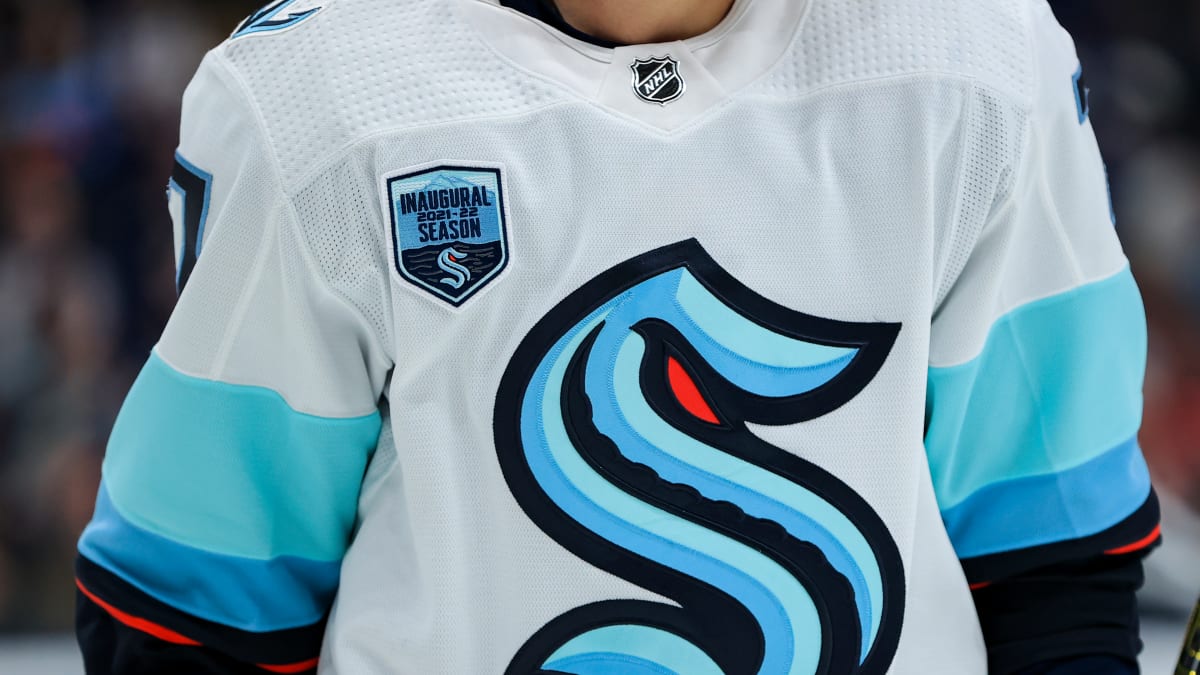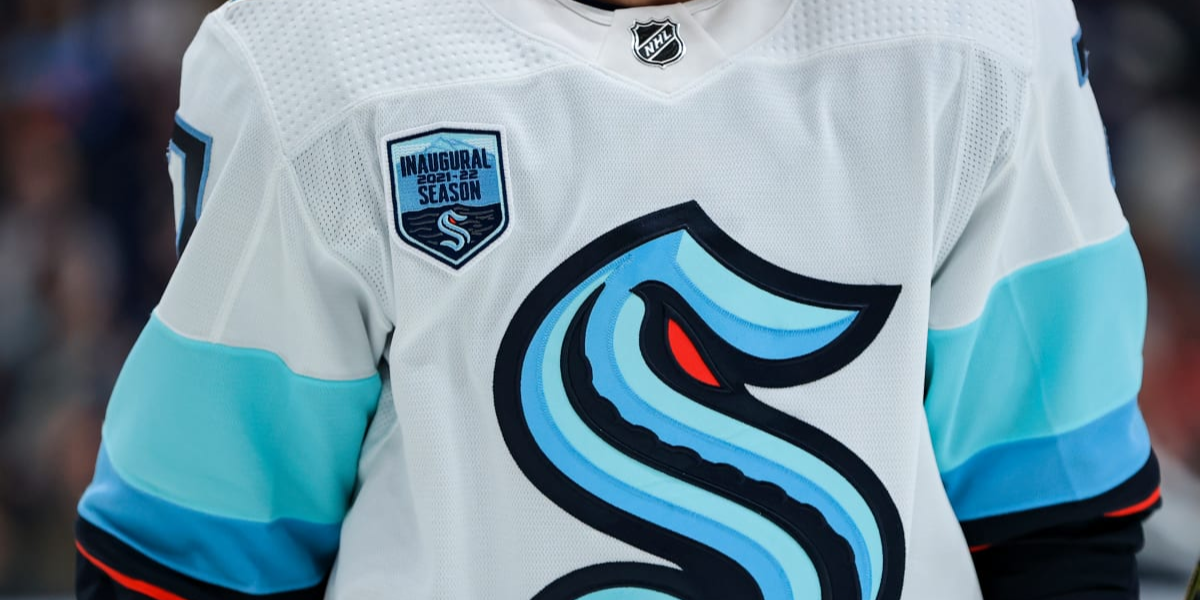
In 2018, Sports Illustrated expressed their opinions about the possible moniker “Seattle Kraken” without holding back.
Sports Illustrated ranked “Kraken” as the least suitable of the 13 potential names that Seattle’s new NHL franchise had registered.
Dan Gartland of Sports Illustrated wrote, “Naming your team after a mythical creature is an extremely minor-league move.” “When that creature has no genuine ties to the area, it’s an especially bad idea. The North Atlantic, not the Pacific Northwest, is where the monster known as the Kraken originated.”
Since the name is unconventional, if the organization had erred, the reaction might have been akin to naming a team—Echo, Wicked, or Sound, for instance.
However, the Kraken name did not receive the widespread criticism that the PWHL’s six trademarked names did. Rather, the franchise directed their own story and established a positive tone.
Time was perhaps the primary difference. Seattle was given 19 months to develop their unconventional moniker and get ready to reveal every facet of their brand. They withheld information about the website, logo, name choice, and other things. When Seattle met to discuss the matter, it was not only done behind closed doors but also behind closed curtains. Seattle had employed a Hawaii-based firm to register domains covertly.
“We exercised caution in where we met. We took great care when selecting the content to print. In 2020, part-owner of the team and CEO of Amazon Web Services Andy Jassy told ESPN’s Emily Kaplan, “And when we had these meetings, we drew the shades with paranoia.”
Seattle maintained detailed spreadsheets detailing who knew what, who had signed nondisclosure agreements, and where a leak could happen, should one happen, even after they decided on a name. Workers never wrote “Kraken” in their emails. Instead of using the name, they substituted initials and pseudonyms. Before the announcement, the goods were unavailable, making it unlikely that anyone in a printing shop or warehouse would see the name or logo. They registered other names as decoys when they formally trademarked the name.
The league had already lost control of the narrative when the names of the prospective PWHL players were revealed.
Seattle also made use of the resource of fan participation in the process. “Every decision will involve the fans,” president Ted Leiweke stated to ESPN in 2019. For name suggestions, the team used an online portal and later polled fans via the Seattle Times. The group monitored social media as well, sifting through tweets that discussed the NHL and Seattle.
According to Heidi Dettmer, the team’s vice president of marketing, “we watched what was happening on social media — how often potential names were mentioned, what was the sentiment, the reactions,” as stated in Kaplan’s 2020 article. “That seemed rather typical. Weekly updates would be provided on that.
Academics kept a close eye on Seattle’s launch as well, wondering why, in spite of critics, the narrative and overwhelming response remained positive. They tried to investigate how Seattle handled the reaction.
“The Kraken were able to encourage favorable conversation about the team by setting the agenda and encouraging consumers to engage with content at specific times during launch,” Armstrong, Davies, Blaszka, and Pegoraro concluded. Within the first hour following the brand’s launch, consumers talked about the team, the color scheme and logo, and how well the launch video worked. Over the next twenty-four hours, the discourse stayed upbeat and concentrated on the ways in which the brand benefited the city and surrounding area. The Seattle Kraken were able to successfully introduce their new brand and create the conditions for the growth of a positive brand association by establishing an agenda.”
Seattle had every aspect of their brand, including logic, color selections, and other elements, ready to be explained in a day of web posts, promotional videos, graphics, and other materials to steer conversation in the organization’s desired direction when they unveiled the Kraken to the public, along with their team colors and stylized “S” logo. Even after the formal announcement, critics inserted encouraging remarks into their arguments, stating things like “They went big.” They took a risk.”
“They knew a backlash of some sort was inevitable, and forged ahead anyway,” Seattle Times columnist Larry Stone said. Qualities like daring, fearlessness, and the strength of one’s convictions are encouraging for an expansion team that cannot afford to be risk averse in its quest to establish itself in the NHL.”
Seattle was different in that they were covert and had everything together. If they were going to divulge part of their secret, they would have filled it with alternatives and worked with the media to involve fans in the process. It is common knowledge that the process of releasing new names and logos—which has been researched in a number of sports—is difficult. The PWHL took note of this lesson.

“New teams have the unique challenge of developing a brand that goes from an unknown quantity to something people care about within their community,” Davies, Blaszka, and Armstrong wrote in another paper in 2023 titled “Exploring the managerial perspective on developing a new sport team brand.”
The PWHL was up against a special obstacle. Firstly, they lacked the official organization time that Seattle’s NHL team had. While Seattle was developing strategies for each phase of their brand, the PWHL was recruiting employees. They weren’t beginning from scratch with the next. Instead, they were replacing five well-known and cherished brands—the Minnesota Whitecaps, the Metropolitan Riveters, the Toronto Six, the Montreal Force, and Boston Pride—with unfamiliar ones. The PWHL didn’t have a logo or team name when it first started to tease color schemes, and it doesn’t now. Unlike Seattle’s approach, there were no other options when the names were revealed. There were only generic jerseys with the market name placed diagonally on them when the league first unveiled the jerseys—no names or logos incorporating the colors that were initially shown. Subsequently, the PWHL produced apparel with no reference to those colors, or in many cases, the teams at all. The fact that the goods was occasionally copied exactly in different markets drew criticism because the clothing in no way reflected the city or its colors. Researchers have discovered that this kind of inconsistency can hinder the growth of a fan base if there is no clear and concise plan in place.
“When new sport organizations project inconsistent brand identities to the marketplace, the lack of clarity and vision can compound the difficulty in forming viable fan bases,” studies have shown.
In spite of these errors, the PWHL constructed bridges and filled buildings during the first week of play. Fandom expanded both offline and online as a result of merchandise purchases. But soon, the PWHL will return to the fore in an effort to take another stab at names and logos in an effort to better connect the brands they are creating with the markets they operate in. The league must succeed this time, and ideally it will be able to draw lessons from the Seattle Kraken’s experience. Amy Scheer, the league’s senior vice president of business operations, who was hired the day after the leaked names surfaced, will now be in charge of a significant portion of this phase.
The PWHL needs to make the right move on their next try, regardless of the names they choose—Echo, Torch, Alert, Wicked, Superior, and Sound, to mention six more.
